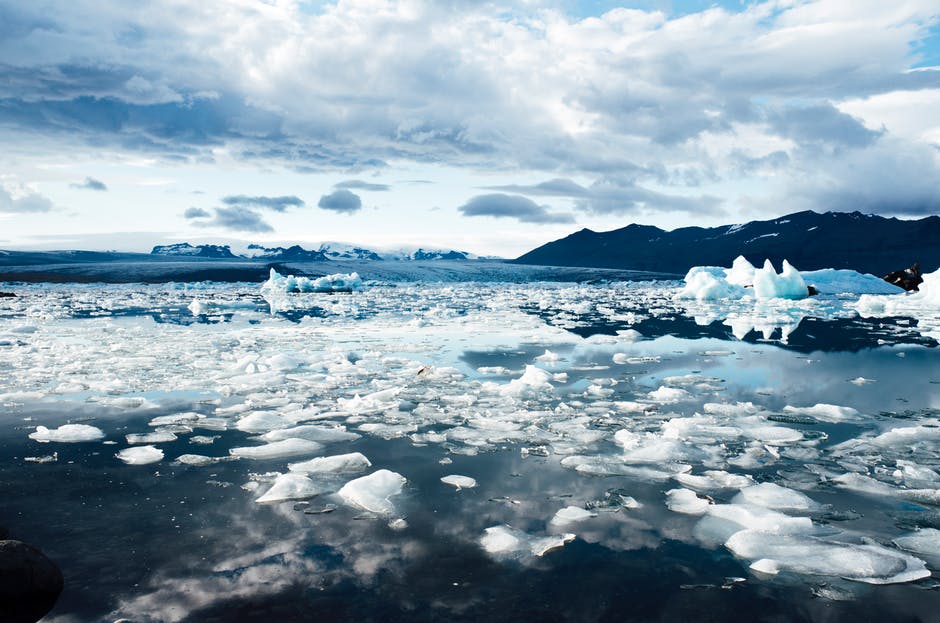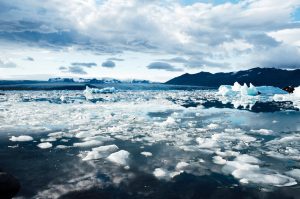Analysis of satellite data reveals astounding loss of 600bn tons of ice last summer as Arctic experienced hottest year on record
Last year’s summer was so warm that it helped trigger the loss of 600bn tons of ice from Greenland – enough to raise global sea levels by 2.2mm in just two months, new research has found.
The analysis of satellite data has revealed the astounding loss of ice in just a few months of abnormally high temperatures around the northern pole. Last year was the hottest on record for the Arctic, with the annual minimum extent of sea ice in the region its second-lowest on record.
Unlike the retreat of sea ice, the loss of land-based glaciers directly causes the seas to rise, imperiling coastal cities and towns around the world. Scientists have calculated that Greenland’s enormous ice sheet lost an average of 268bn tons of ice between 2002 and 2019 – less than half of what was shed last summer. By contrast, Los Angeles county, which has more than 10 million residents, consumes 1bn tons of water a year.
“We knew this past summer had been particularly warm in Greenland, melting every corner of the ice sheet, but the numbers are enormous,”
said Isabella Velicogna, a professor of Earth system science at University of California Irvine and lead author of the new study, which drew upon measurements taken by Nasa’s Gravity Recovery and Climate Experiment (Grace) satellite mission and its upgraded successor, Grace Follow-On.
Read more: The Guardian

